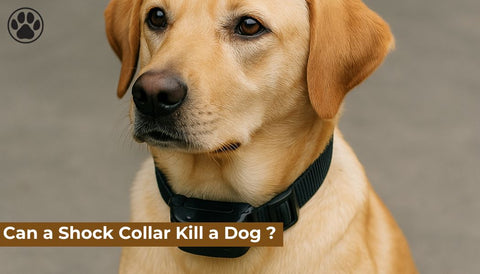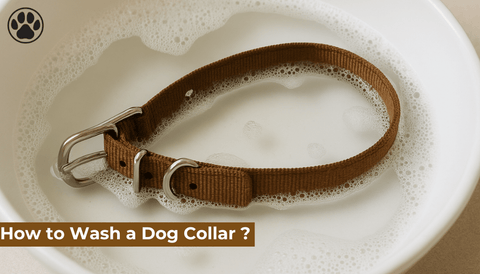
How Many Teeth Do Dogs Have?
of reading - words
Dogs are known for their playful nature and energetic personalities, but their dental health often gets overlooked. One common question among dog owners is, “How many teeth do dogs have?” Understanding the structure and function of your dog’s teeth is essential for maintaining their overall health and well-being. This comprehensive guide explores how many teeth dogs have, their development, and how to care for their dental hygiene.
How Many Teeth Do Dogs Have?
Puppy Teeth (Deciduous Teeth)
Puppies are born toothless, but their first set of teeth, known as deciduous or baby teeth, begin to emerge when they are around 3 to 4 weeks old. In total, puppies have 28 baby teeth by the time they are 8 weeks old.
Adult Teeth (Permanent Teeth)
As puppies grow, their baby teeth fall out to make room for their permanent teeth. By the time a dog reaches 6 to 7 months of age, they will have a complete set of 42 adult teeth:
-
12 Incisors (6 on the top and 6 on the bottom)
-
4 Canines (2 on the top and 2 on the bottom)
-
16 Premolars (8 on the top and 8 on the bottom)
-
10 Molars (4 on the top and 6 on the bottom)
This number can vary slightly if a dog has missing or extra teeth due to genetics or dental issues.
The Function of Dog’s Teeth
Each type of tooth serves a specific purpose, tailored to a dog’s carnivorous ancestry and omnivorous diet.
Incisors
The small teeth at the front of the mouth, incisors, are used for:
-
Nipping and grooming
-
Picking meat off bones
Canines
The long, pointed canines are critical for:
-
Grabbing and holding objects
-
Tearing meat
Premolars
Located behind the canines, premolars help with:
-
Chewing and grinding food
-
Crushing tougher materials
Molars
The molars, found at the back of the mouth, are designed for:
-
Grinding and breaking down hard food
The Timeline of Canine Tooth Development
Birth to 3 Weeks
Puppies are born without teeth and rely on their mother’s milk for nourishment.
3 to 8 Weeks
The deciduous teeth begin to emerge, starting with the incisors and canines, followed by the premolars. By 8 weeks, most puppies have their full set of baby teeth.
3 to 6 Months
As the puppy grows, their baby teeth start to fall out, replaced by permanent teeth. This process often begins with the incisors and canines.
6 to 7 Months
By this age, most dogs have their full set of 42 adult teeth. Molars are typically the last to emerge.
Common Dental Problems in Dogs
Like humans, dogs can experience dental issues that require attention. Here are some of the most common problems:
1. Periodontal Disease
This is one of the most prevalent dental issues in dogs, caused by plaque buildup that leads to gum inflammation, infection, and tooth loss.
2. Tooth Decay
Although less common in dogs than humans, cavities can occur due to poor dental hygiene or diets high in sugar.
3. Broken or Fractured Teeth
Dogs that chew on hard objects like bones or rocks are at risk of breaking their teeth, which can lead to pain and infection.
4. Retained Baby Teeth
In some cases, baby teeth fail to fall out, causing overcrowding and misalignment of the adult teeth. This issue often requires veterinary intervention.
5. Tartar Buildup
If plaque is not removed, it hardens into tartar, which can cause gum disease and bad breath.
6. Oral Tumors
Abnormal growths in the mouth, such as tumors or cysts, can interfere with eating and require medical evaluation.
How to Care for Your Dog’s Teeth
1. Brush Their Teeth Regularly
-
Use a dog-specific toothbrush and toothpaste.
-
Brush their teeth at least 2-3 times per week to remove plaque and prevent tartar buildup.
2. Provide Dental Chews
Dental chews and toys can help reduce plaque and keep your dog’s teeth clean. Ensure the chews are appropriate for your dog’s size and chewing habits.
3. Offer a Healthy Diet
Feed your dog a balanced diet with crunchy kibble or dental-friendly food to support oral health. Avoid giving them sugary or sticky treats.
4. Schedule Regular Veterinary Check-Ups
Annual dental check-ups are essential for identifying and addressing potential dental problems early.
5. Use Dental Rinses or Sprays
Veterinarian-approved dental rinses and sprays can help maintain oral hygiene and freshen your dog’s breath.
Signs of Dental Problems in Dogs
Watch for these signs that may indicate a dental issue:
-
Bad breath
-
Red, swollen, or bleeding gums
-
Difficulty eating or chewing
-
Drooling excessively
-
Loose or missing teeth
-
Pawing at the mouth
-
Swelling around the mouth or face
If you notice any of these symptoms, consult your veterinarian promptly.
The Importance of Dental Health for Overall Well-Being
Poor dental health doesn’t just affect your dog’s mouth. Bacteria from gum disease can enter the bloodstream and contribute to serious health issues, including:
-
Heart disease
-
Kidney disease
-
Liver infections
Maintaining your dog’s dental hygiene is crucial for their overall health and longevity.
FAQ: Common Questions About Dog Teeth
How many teeth do puppies have?
Puppies have 28 deciduous (baby) teeth.
How many teeth do adult dogs have?
Adult dogs typically have 42 permanent teeth.
At what age do dogs lose their baby teeth?
Puppies begin losing their baby teeth around 3 months of age, and the process is usually complete by 6 to 7 months.
Can dogs get cavities?
Yes, though cavities are less common in dogs than humans. Proper dental hygiene can help prevent them.
How can I tell if my dog has dental problems?
Signs of dental issues include bad breath, swollen gums, difficulty eating, and excessive drooling. Regular veterinary check-ups can help catch problems early.
What are the best ways to care for my dog’s teeth?
Brush their teeth regularly, provide dental chews, feed a healthy diet, and schedule annual dental check-ups with your veterinarian.




